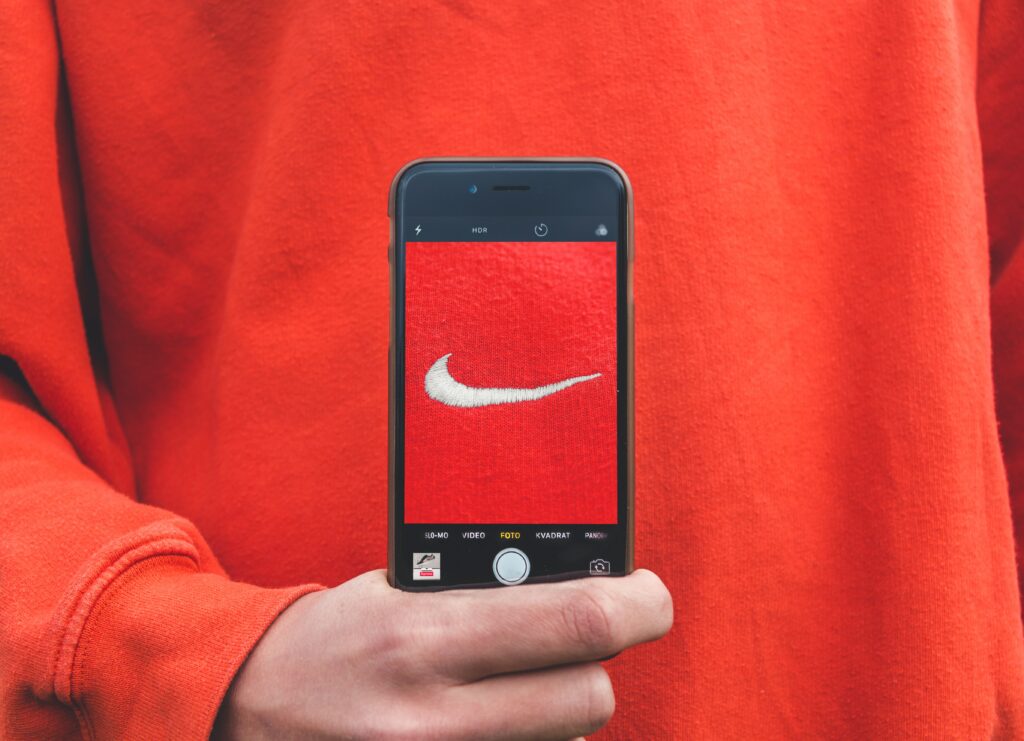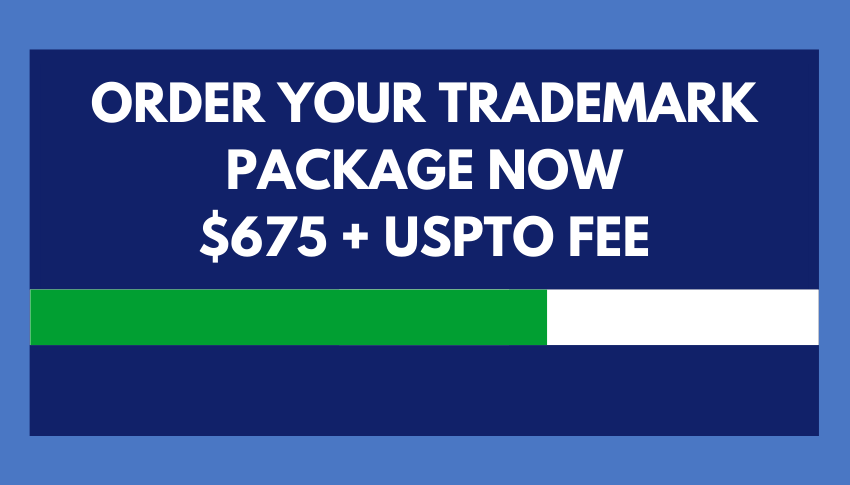Trademark Attorney Learning Series
How To Show Use in Commerce For Intent to Use Applications
When applying for federal trademark registration at the United States Patent and Trademark Office (USPTO), it’s important to keep in mind that the USPTO will only permit registration of your trademark if you are able to show use of the mark in commerce. To prevent fraud on the trademark office, or the “hoarding” of marks without doing business with them, the USPTO requires all trademark applicants to show exactly how they are using their trademarks before it will permit registration of the mark. Regardless of whether you are filing an “in use” trademark application, or an “intent to use” application (for marks not yet in use), you will at some point have to proof you are in fact using your trademark.

What does that mean? It means the USPTO will not allow your trademark to become registered unless and until you can demonstrate that you are using the mark in commerce and how your product or service is being offered to prospective consumers. One of the key elements in proving such use is the trademark specimen. From time to time, whether during or after the registration process the USPTO may ask to see a specimen. This month, we’re looking at trademark specimens – their significance, what constitutes an acceptable trademark specimen – and providing guidance on how to effectively show use of your trademark in commerce.
What is a Trademark Specimen?
A trademark specimen, also known as a “proof of use,” is a tangible representation of how a trademark is used in commerce. It serves as evidence that your mark is not merely an idea or concept but is actively associated with specific goods or services in the marketplace. A trademark specimen is required for all “in use” federal trademark applications to show the USPTO that your products and/or services are currently being offered for sale. Your specimen should clearly show the mark and the product or service that it’s used on.
Types of Acceptable Specimens
The United States Patent and Trademark Office (USPTO) recognizes different types of acceptable specimens, depending on whether the mark represents goods or services. For goods, the most common specimens include labels, tags, packaging, engravings, and displays that are directly associated with the product. If you would like to show use of your trademark in connection with a product and use your e-commerce website as the trademark specimen, the trademark must appear at the point of sale for the product on your website (check out/cart page).
When it comes to services, acceptable specimens can include brochures, advertisements, signage, menus, website screenshots, and other promotional materials that clearly display the mark and the services offered. If using a website, the goods and/or services must be clearly available to customers. Please note the USPTO may verify your website, so sending a temporary page or limiting access to your website after the trademark application is filed may result in the USPTO refusing your trademark specimen.
Guidelines for a Proper Trademark Specimen
- Proper Placement: Ensure that the mark is prominently displayed on the specimen. It should be easily identifiable and not obscured by any other text or graphics.
- Actual Use: The specimen must reflect the actual use of the mark in commerce. The mark must exactly match the mark as filed and show that the mark is being used in connection with the specific goods or services described in the trademark application.
- Legibility: The mark should be clear, legible, and easily readable. If the mark consists of a word or logo, it should be displayed in a size and font that can be easily seen and understood.
- Size and Proportion: The size of the mark on the specimen should be reasonable and proportionate to the size of the goods or services it represents. The mark should neither dominate nor be too insignificant.
- Context: The specimen should provide sufficient context to connect the mark to the goods or services. It should clearly indicate how the mark is being used in relation to the offering.
Trademark Specimen Dos and Don’ts
- Do not use “mockups” or “renderings” – the USPTO will reject specimens that do not represent actual goods or services.
- Websites cannot be “coming soon” or “under construction.” Your website must show that the goods or services are available to consumers. To show goods on an e-commerce site, the mark must appear at the point of sale (check out cart).
- Drafts product labels or tags (pdf files) are not acceptable. The label or tag must be affixed to an actual product.
- For clothing, trademark designs on the front or back of a garment do not necessarily qualify as trademark specimens.
- Business cards and domain name registrations are not acceptable trademark specimens.
We’ve seen a lot of pitfalls when it comes to submitting an acceptable trademark specimen. Thankfully, if the USPTO rejects your trademark specimen, it’s not the end of your application process! The USPTO will issue a communication citing the issues with your specimen and you will have an opportunity to remedy by submitting a new specimen within the designated time (usually 3 months from the date of the USPTO communication).



